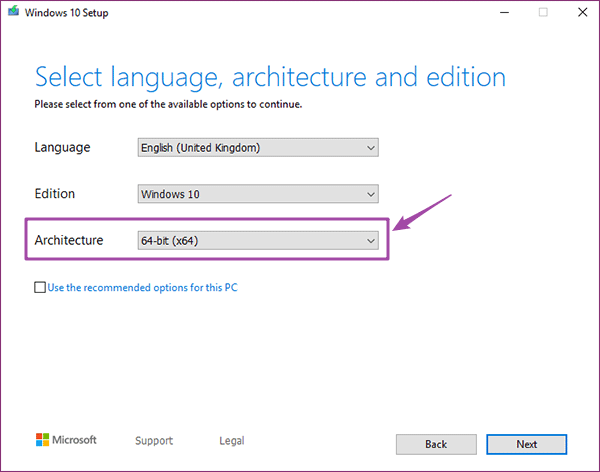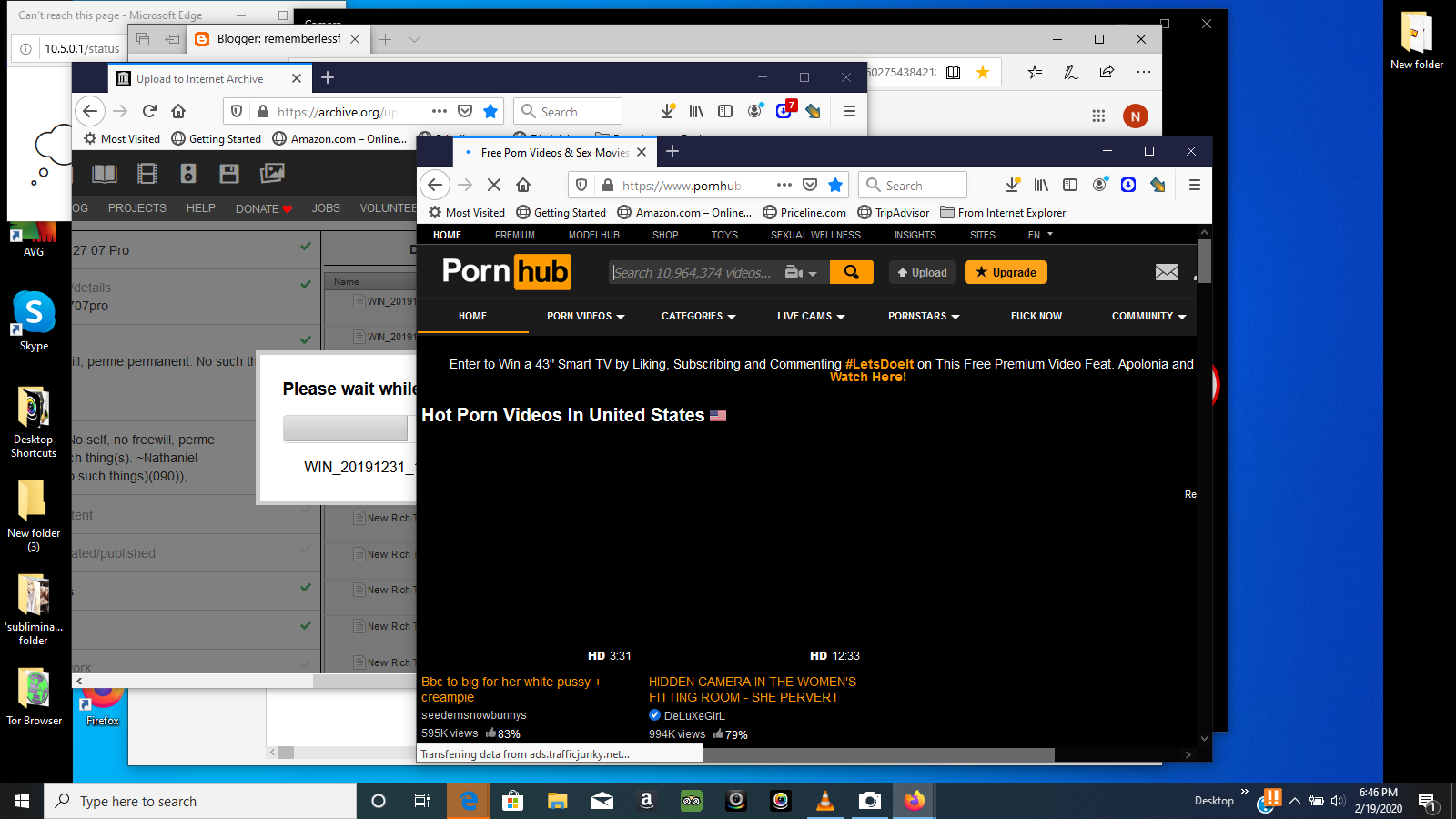

- HOW TO UPGRADE TO 64 BIT WINDOWS 10 WITHOUT LOSING DATA INSTALL
- HOW TO UPGRADE TO 64 BIT WINDOWS 10 WITHOUT LOSING DATA UPDATE
- HOW TO UPGRADE TO 64 BIT WINDOWS 10 WITHOUT LOSING DATA FULL
- HOW TO UPGRADE TO 64 BIT WINDOWS 10 WITHOUT LOSING DATA PC
HOW TO UPGRADE TO 64 BIT WINDOWS 10 WITHOUT LOSING DATA PC
Most PC experts will recommend you start fresh and "pave" your machine anyway. Some folks who apparently have a pile of operating systems discs have proposed that one could upgrade from XP to Vista, then from Vista to Windows 7, but I think that's insane. You can upgrade from Windows Vista to Windows 7, but not from XP to 7. How Do I Reformat and Reinstall Windows? will walk you through it.You've likely heard that you can't straight upgrade from Windows XP to Windows 7. It’s harsh and it’s painful, but sometimes it really is the most efficient and effective way to bring Windows 10 to a truly clean state. Then you’ll need to reinstall all your applications (or at least the ones you use) and restore your data from the backup you started with, or elsewhere. If nothing’s helped to resolve whatever issue you are experiencing, it might be time to bite the bullet and reformat and reinstall. Your installed programs, your data, and (most) of your configuration settings should survive everything we’ve done so far. Give upĪll of the steps above are intended to preserve what you currently have on your machine.
HOW TO UPGRADE TO 64 BIT WINDOWS 10 WITHOUT LOSING DATA INSTALL
I demonstrate performing a refresh install in Refreshing Windows 10 Without a Re-install or Reset. I can’t even tell you which, since exactly what is affected and how seems to change from version to version. The downside to a refresh, besides the fact that it takes significant time, is that configuration settings are often lost. It goes through all the motions anyway, refreshing the entire Windows installation. The upgrade tool doesn’t notice (or perhaps care) that it’s “updating” to the same version of Windows that’s currently installed. The approach is to pretend you’re upgrading your machine from a prior version of Windows. Perform a refresh installĪ refresh install reinstalls Windows “on top of” your existing Windows installation. You can read more about DISM, if you like, at Microsoft’s documentation page: DISM – Deployment Image Servicing and Management. (Click for larger image.)ĭISM checks a number of things above and beyond the file integrity SFC checked for us. Once again, in that administrative Command Prompt or PowerShell, enter:ĭISM /Online /Cleanup-Image /RestoreHealthįollowed by the Enter key. The Deployment Image Servicing and Management (DISM) command is one I’ve not spent much time with, but particularly if SFC doesn’t resolve your issue, it’s the next tool in our arsenal.

There’s more on SFC in What Is the System File Checker, and How Do I Run It? 4. The System File Checker checks for damaged or missing system files and repairs the problems it finds if it can. Run an administrative Command Prompt or PowerShell (right-click on the Start menu and click on the version that includes “(Admin)”). How Do I Fix Windows Update? has the instructions. The next step in that case is to attempt to fix it.
HOW TO UPGRADE TO 64 BIT WINDOWS 10 WITHOUT LOSING DATA UPDATE
Of course, sometimes rather than being the solution, Windows Update is the problem, if it’s not working for some reason. Visit the Settings app, click on Updates & Security, and click on Check for Updates to let Windows Update do its thing. Many problems can be resolved by making sure that Windows is, itself, completely up to date. Using Windows Disk Cleanup will show you how. Some of the steps we’ll perform next may require, or at least work more efficiently, with the extra disk space a good cleaning can provide. There’s an additional motive for doing this, however: disk space.
HOW TO UPGRADE TO 64 BIT WINDOWS 10 WITHOUT LOSING DATA FULL
Browser caches, temporary folders full of old files, and more can all impact your system. It may seem a little odd to start with disk cleanup, since on the surface it doesn’t attempt to repair anything - it just gets rid of unnecessary junk and files no longer needed.ĭepending on what you’re experiencing, it’s not uncommon for all that junk to contribute to the problem.


 0 kommentar(er)
0 kommentar(er)
